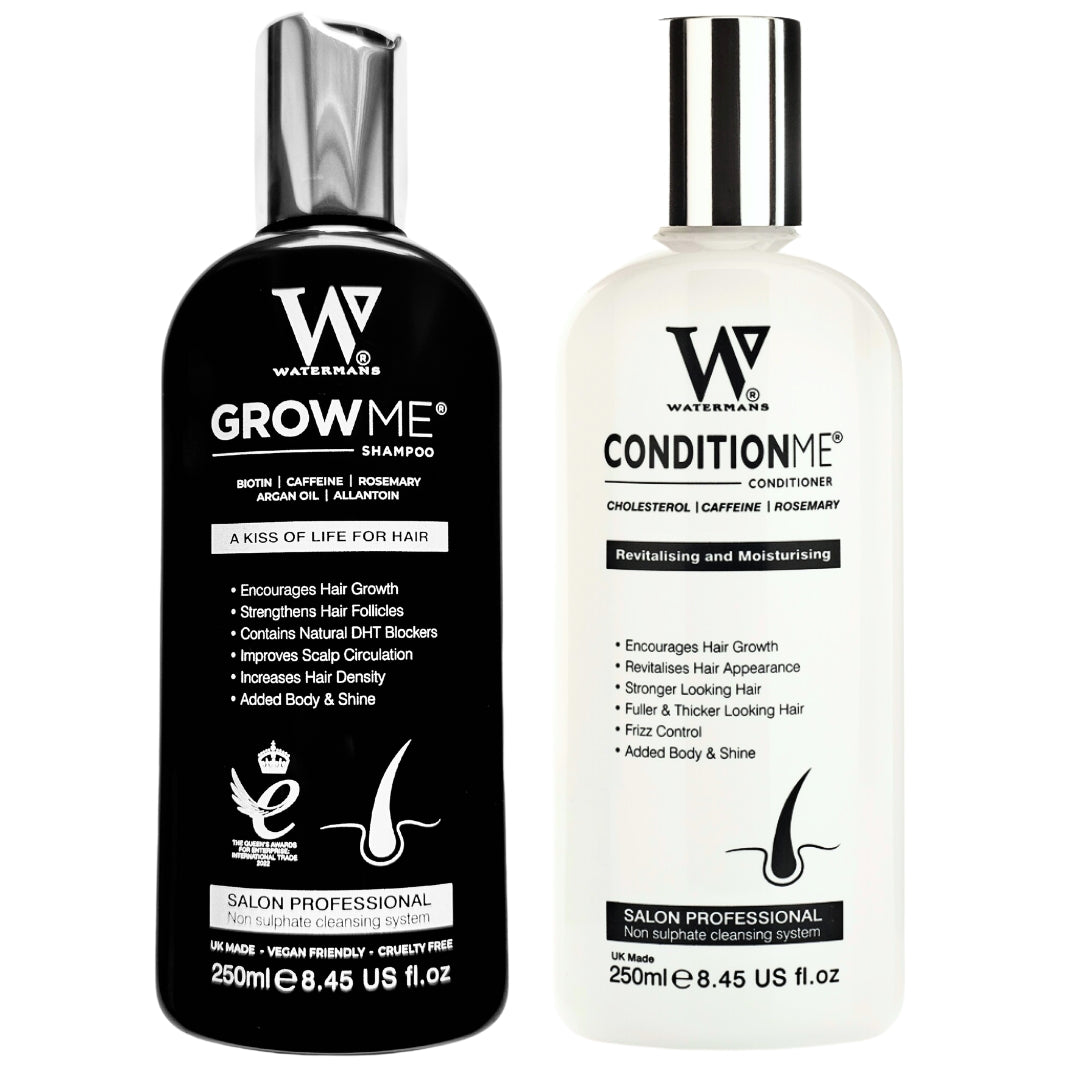
Understanding Androgenetic Alopecia Trans Women Face: Causes and Treatments
Androgenetic alopecia in trans women is a type of hair loss that many find hard to manage. It weakens hair follicles because of hormones and genes. In trans women, hormone shifts during and after transition can affect the hair. Knowing the causes and the ways to treat it helps set clear goals and care.
What Is Androgenetic Alopecia in Trans Women?
For trans women, androgenetic alopecia means hair thinning or loss that follows a pattern. Men often see a receding hairline and less hair at the crown, while women notice thinning all over. Many trans women use estrogen and anti-androgens. This mix of hormones and genes can change hair density.
How Hormones Affect Hair in Trans Women
Testosterone and the related hormone DHT attach to hair follicles. This link makes hair smaller and can lead to loss in those who are sensitive. Trans women on hormone therapy usually take anti-androgens to cut down testosterone. They also use estrogen to build feminine traits. This hormone shift can slow or even partly reverse hair loss. Yet, gene factors may still let loss continue if the scalp stays sensitive to DHT.
Causes of Androgenetic Alopecia in Trans Women
Trans women may lose hair due to several signs:
• A family history that makes hair loss more likely
• Changes in testosterone, DHT, and estrogen levels
• Long periods with high androgen levels before starting hormone therapy
• Getting older, which naturally risks more loss
• How the scalp is cared for, since a poor scalp can make thinning worse
These causes help if you work with a doctor to sort out a treatment plan.
Signs and Symptoms
For trans women, hair loss might show up as:
• Thinning hair near the crown or temples
• A wider part line
• Overall less hair
• Fine hairs replacing thicker ones
Seeing these signs early may help slow down the loss.
Treatments for Androgenetic Alopecia in Trans Women
Many trans women use a mix of methods for hair loss. These can include medical care, changes in daily routines, and sometimes surgery.
1. Adjusting Hormone Therapy
Since DHT affects hair follicles, drugs like spironolactone or finasteride are often used. These drugs cut down the action of hair-harming hormones. A doctor skilled in transgender care usually adjusts the therapy to support both hair and overall health.
2. Topical Treatments
Minoxidil is an FDA-approved cream. It helps grow hair by boosting blood flow and keeping follicles in the active growth phase. Many trans women add minoxidil to their routine.
3. Nutritional and Lifestyle Support
Good food helps keep hair strong. Vitamins such as biotin, vitamin D, zinc, and iron support follicles. Lowering stress and caring for the scalp can also slow hair loss.

4. Hair Transplant Surgery
For some trans women, hair transplant surgery is a lasting fix. In this surgery, a doctor moves hair from a dense spot (usually the back of the head) to a thin spot. It is wise to work with a surgeon who understands transgender care to meet your hair goals and keep you comfortable.
Summary of Treatment Options
Treatment Type Description Considerations
Hormone Therapy Lowers testosterone and DHT levels Needs close doctor care
Minoxidil (Topical) Boosts hair growth by improving scalp flow Must be used regularly
Nutritional Support Supplies key vitamins and minerals Works best with a good diet
Hair Transplant Surgery Moves hair from dense to thinning areas Permanent but may cost more
Frequently Asked Questions About Androgenetic Alopecia in Trans Women
Q1: Can hormone therapy fully stop hair loss?
A1: The treatment may slow or partly reverse loss by lowering harmful hormones. Early steps give better chances.
Q2: Do finasteride or spironolactone have risks for trans women?
A2: These drugs work but might show side effects such as mood shifts, electrolyte changes, or breast tenderness. Working with a doctor helps avoid problems.
Q3: How long before treatments show results?
A3: Many treatments need 3 to 6 months to show changes. Regular use is needed to keep the benefits.
Expert Insights and Additional Resources
The World Professional Association for Transgender Health points out that care plans which focus on hormone balance and hair care can help improve life quality. Working with a doctor who knows transgender health makes a big difference.
Conclusion: Next Steps Toward Healthy Hair
Hair loss in trans women can be managed with care. The condition involves a mix of hormones, genes, and daily habits. Using a plan that adjusts hormone therapy, applies topical creams, supports nutrition, and sometimes uses surgery may build stronger hair and improve self-confidence.
If you worry about hair loss, seek a doctor who knows transgender care and skin health. Get advice that fits your needs. Do not let hair loss define you. Take control with care and good guidance.













